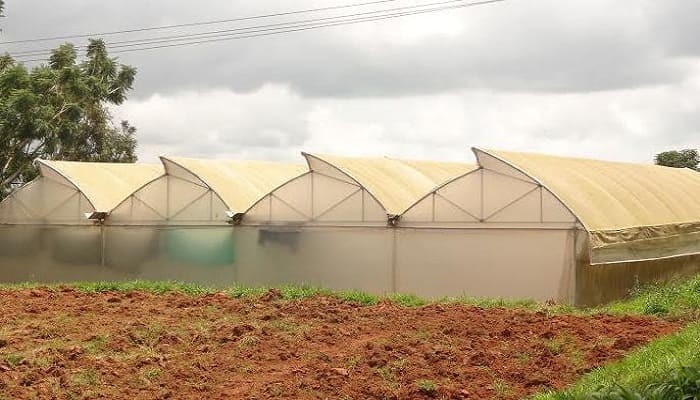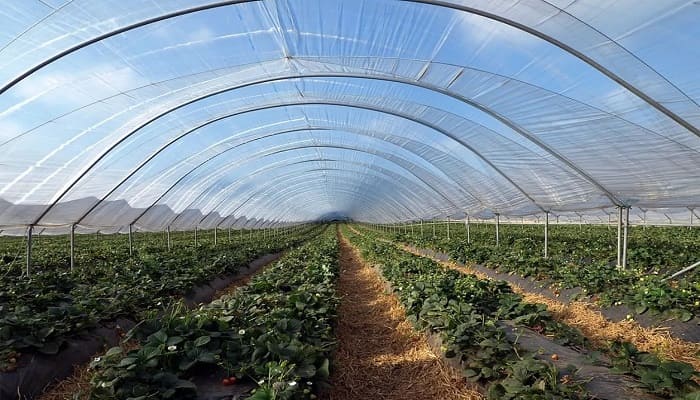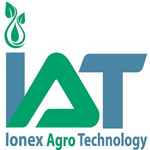PROTECTIVE CULTIVATION SYSTEM
Protective cultivation, also known as protected agriculture or greenhouse farming, refers to the practice of growing plants within enclosed structures or controlled environments to provide protection from adverse weather conditions, pests, diseases, and other environmental factors.
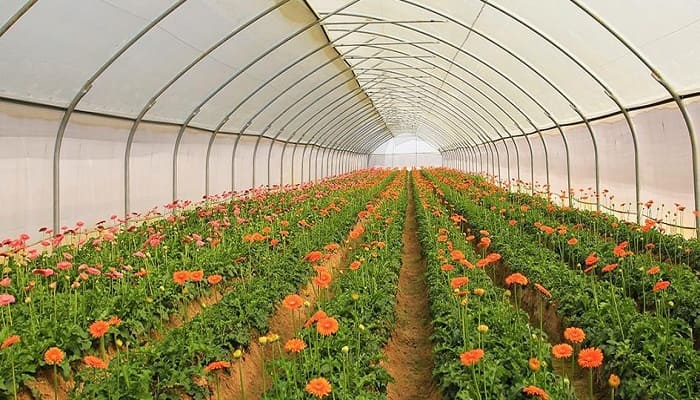
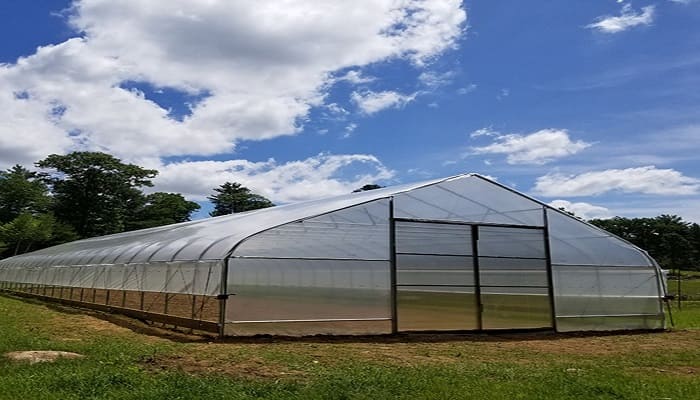
This method enables farmers to create a more favorable growing environment, extend the growing season, and enhance crop quality and yield. Here are some key aspects and benefits of protective cultivation:
- Greenhouses: Greenhouses are the most common structures used for protective cultivation. They are typically made of transparent materials like glass or plastic and create a controlled microclimate for plants. Greenhouses trap heat from the sun, creating a warmer environment, and protect crops from extreme temperature fluctuations, frost, and strong winds.
- Extended Growing Season: Protective cultivation allows farmers to extend the growing season beyond the natural limits of the local climate. By controlling temperature, humidity, and light, crops can be grown earlier in the spring or later into the fall, providing an opportunity for year-round production or cultivation in regions with short growing seasons.
- Climate Control: Protective cultivation provides the ability to control environmental factors such as temperature, humidity, and light intensity. This control allows farmers to optimize growing conditions for specific crops, creating an ideal microclimate that promotes healthy plant growth and development.
- Pest and Disease Management: Enclosed structures provide a physical barrier against pests, insects, and larger animals, reducing the risk of crop damage and the need for chemical pesticides. Additionally, protective cultivation helps minimize the spread of diseases by isolating plants from external sources of pathogens. Read about causes and effect of agricultural pollution.
- Water Management: In protected cultivation, irrigation systems can be optimized to minimize water wastage and ensure efficient water use. Watering can be automated, allowing precise control over the amount and timing of irrigation, which helps conserve water resources.
- Improved Crop Quality and Yield: By creating an optimal growing environment, protective cultivation can enhance crop quality and yield. The controlled conditions promote uniform growth, reduce stress on plants, and minimize yield losses due to environmental factors, resulting in higher-quality produce and increased productivity.
- Crop Diversification: Protective cultivation enables farmers to grow a wider range of crops that may not be suited to the local climate or season. This diversification can include specialty or high-value crops, exotic plants, or crops that have specific temperature or humidity requirements.
- Reduced Environmental Impact: Protective cultivation offers the potential for reduced environmental impact compared to traditional open-field agriculture. By minimizing the use of pesticides, conserving water, and optimizing resource utilization, it can contribute to more sustainable farming practices.
- Overall, protective cultivation provides farmers with greater control over the growing environment, leading to improved crop performance, reduced risks, and enhanced productivity. It has become an important technique in modern agriculture, allowing for efficient and sustainable food production in diverse climates and regions.
